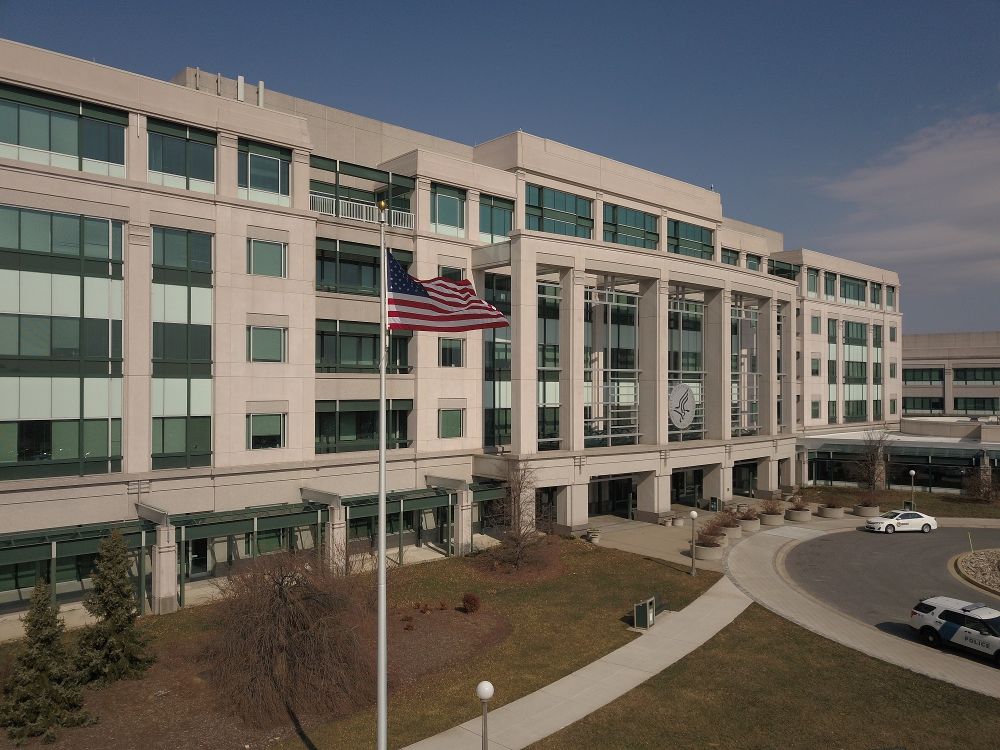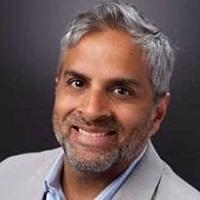Connections - 03.29.21
COVID Relief Deep Dive: Protecting People with Disabilities from its Devastating Impacts
Share this page
Stay Informed on the Latest Research & Analysis from ANCOR
More News
Capitol Correspondence - 07.08.25
Department of Labor Proposes Rescinding COVID-19 Provisions
Capitol Correspondence - 07.01.25
GAO Releases Report on Medicaid Disenrollments During Unwinding
Capitol Correspondence - 06.24.25
CMS Issues Notice for Public Comment on Vaccination Documentation Requirements for ICFs


 There are two new developments from this month that are impacting people with disabilities across the country, and knowing what to do with this information could save lives.
There are two new developments from this month that are impacting people with disabilities across the country, and knowing what to do with this information could save lives.